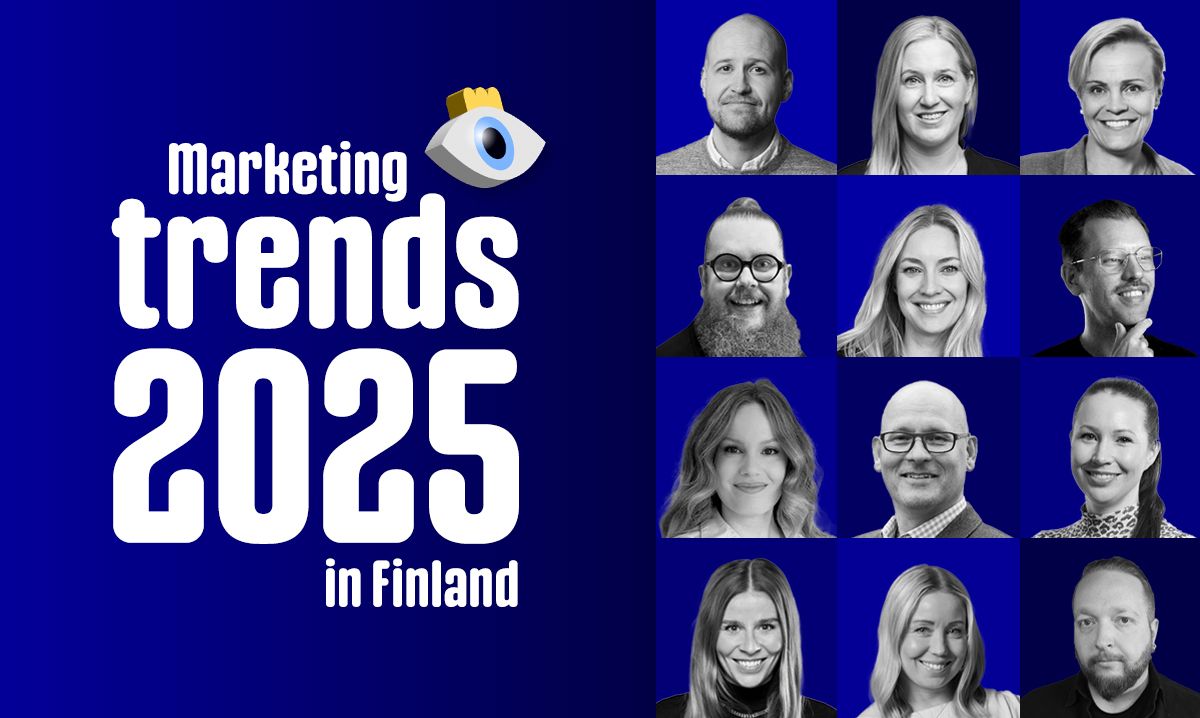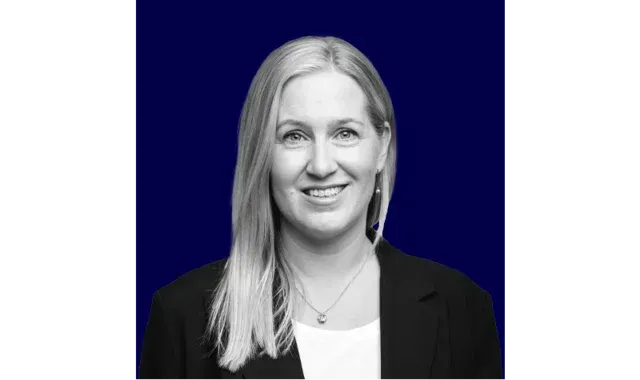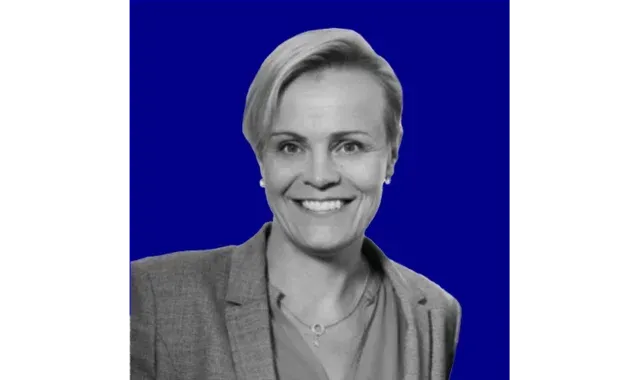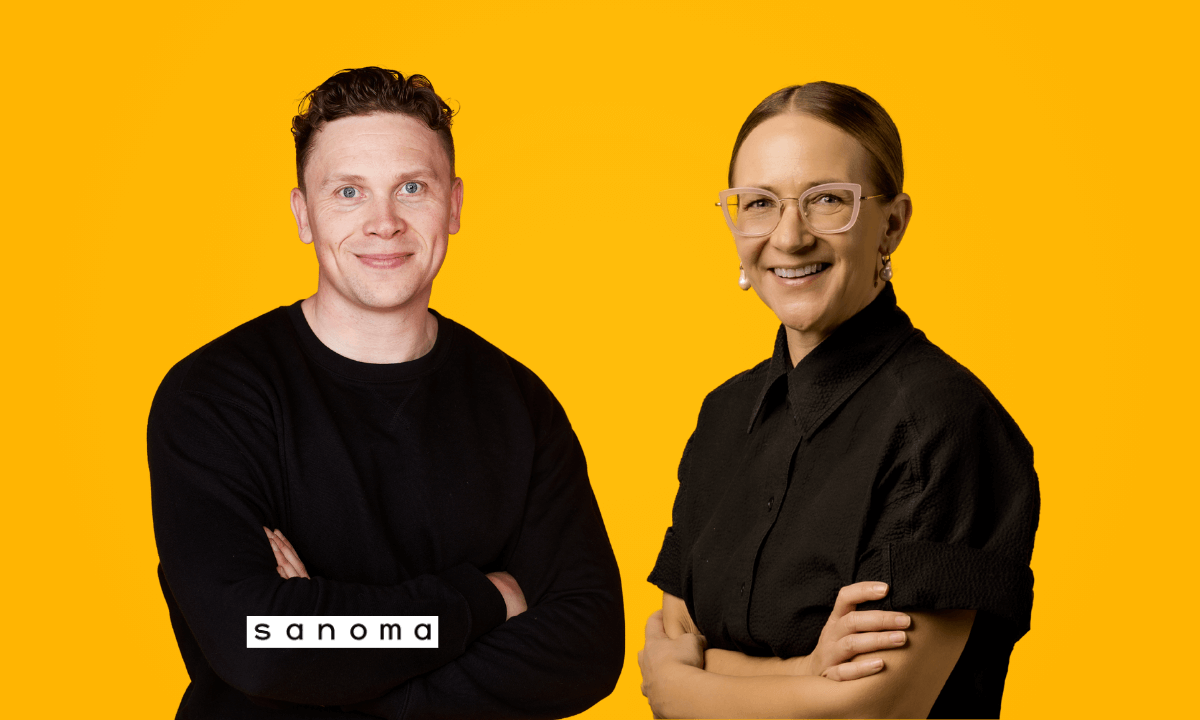Janina Pihlaja, Country Marketing Manager, IKEA Finland
“When you look ahead, start with the context: the world is still quite unpredictable for the consumer. A shrinking bank account and distrust in the Finnish economy have forced people to weigh up which purchases are really necessary. At the same time, people have put many things on hold: for example, many are waiting for the right moment to move or renovate.
One impact of the economic cycle on marketing has been an increasing focus on performance, as well as a shift in focus to short-term campaigns. There is space at the other end of the spectrum: I believe that next year, we will see renewed interest in long-term and systematic brand building.
At the same time, I think we are probably moving away from competitive shouting: in marketing, a recession is visible as a cacophony of sales.
I believe that the growth potential lies in identifying a unique position that leaves an emotional imprint.”



















